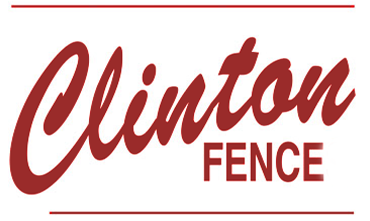Dog leash safety guidelines
Leash, Collars and Fencing are all necessary to keep your pet safe.
 Keeping dogs on a leash when spending time outdoors protects both pets and humans. Many communities in Southern Maryland have leash laws, but regardless of such laws, responsible dogs owners often volunteer to keep their pets on a leash when they walk in public places or areas that are not contained by fences. This keeps a companion animal free from harm and will also prevent injury to people from skittish dogs.
Keeping dogs on a leash when spending time outdoors protects both pets and humans. Many communities in Southern Maryland have leash laws, but regardless of such laws, responsible dogs owners often volunteer to keep their pets on a leash when they walk in public places or areas that are not contained by fences. This keeps a companion animal free from harm and will also prevent injury to people from skittish dogs.
Leash and collar sets should fit the dog comfortably. Smaller dogs will need a thinner collar and a leash that will not be cumbersome. But larger dogs can benefit from a thicker collar and leash set, which will prevent them from breaking the leash, a potentially dangerous scenario that could put both dogs and pedestrians in jeopardy.
Dog owners should be conservative when choosing the length of a leash. While it can be tempting to have a long leash to give the animal a lot of room to maneuver, shorter leashes offer more control over the dog. Plus, such leashes do not present a tripping hazard for the dog or its owner. Expandable leashes have grown in popularity, but these types of leashes may not offer the same level of control as a stationary leash, particularly for larger dogs or dogs who like to pull.
Owners concerned by dogs that like to pull should know that such behavior often can be curtailed with proper training. Until the pup learns not to pull on a leash, he or she may benefit from a harness rather than a collar that simply attaches around the neck. This way the dog does not get injured from consistently tugging on the leash and collar. A harness will distribute the pressure throughout the shoulders and legs rather than concentrating the force on the dog’s neck.
It’s not adviseable to pull a dog by the leash or collar. If the animal is being stubborn, wait a minute and then call his or her name in a happy voice. Yanking or dragging a dog can cause injury, especially to a senior dog or a puppy.
While leashes can help prevent lost dogs, they are not foolproof and should be used in conjunction with identification tags and microchips, which make it easier to identify lost dogs and ensure their prompt return to their owners. While a collar should not be so snug that it cuts off circulation, it should be taut enough so that it does not easily slip off with gentle tugging.
Though collars and leashes can be safety instruments, they also can prove harmful to dogs if used in the wrong way. Dogs should never be tied up by their collars. Also, a collar should be removed at night or whenever a dog is left alone. A collar can easily catch on something and suffocate the dog.
Leash and collar safety is an important component of dog ownership. Following a few guidelines can keep a dog healthy and happy. To keep your pet even safer and more secure at home let Clinton Fence advise you on the fence that’s right for both your and your pet. Our professional installers make the process of purchasing a new fence a breeze. Call Clinton Fence today.
